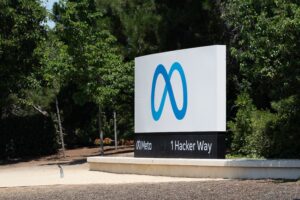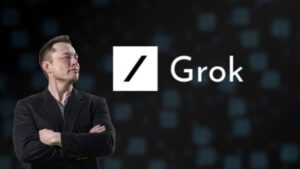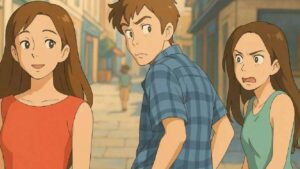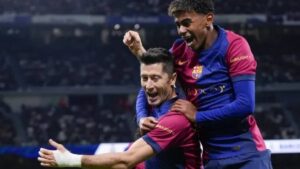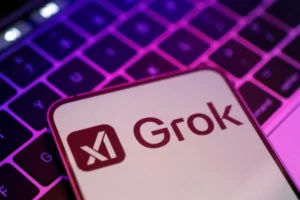Ghibli Fever: The Debate Over AI and Art as Grok’s ‘Ghibli’ Ignites Excitement
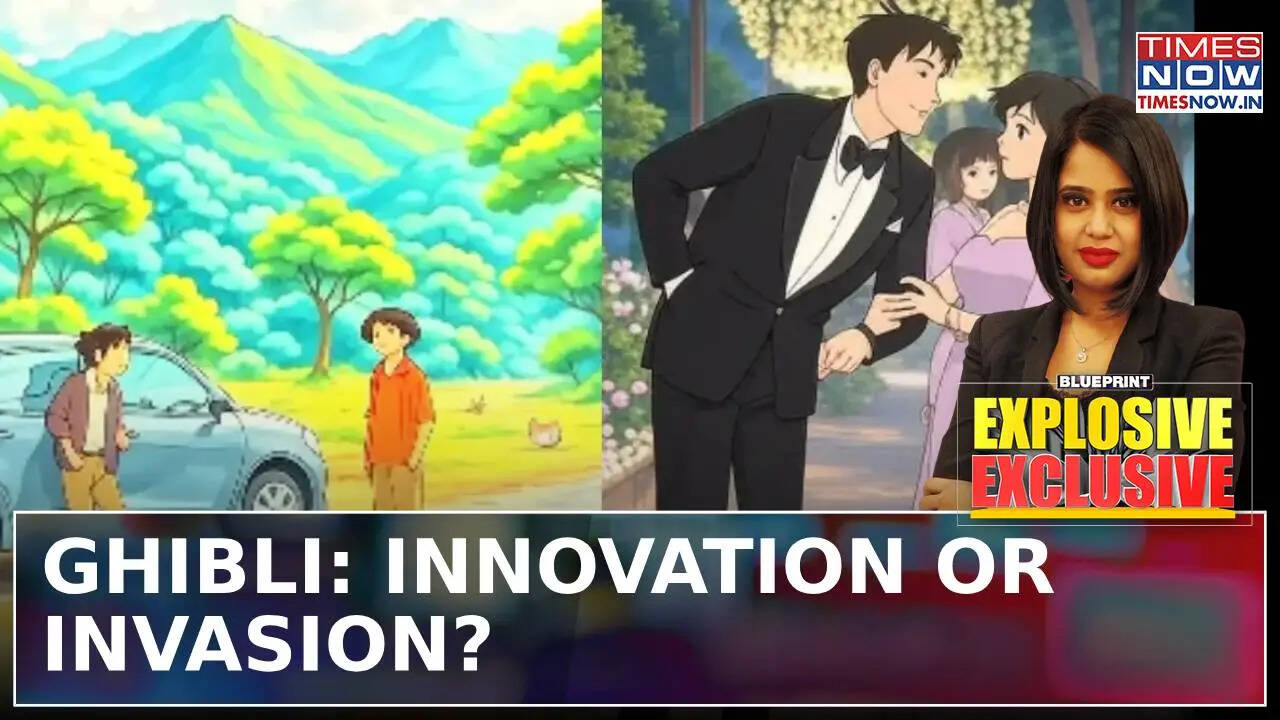
Can Art Become an Algorithm? The Debate Around AI-Generated Art
Introduction to AI in Art Creation
In recent times, artificial intelligence (AI) has made significant strides in various fields, including the realm of art. The rise of AI-generated art has sparked discussions and debates, particularly about its implications on creativity and artistic integrity. In an episode of Blueprint Explosive Exclusive, host Meghna Deka delved into the controversy surrounding AI in art, particularly focusing on the trending topic of "Ghibli-fied" art generated by AI and its reception among creators and audiences alike.
The Ghibli Trend and Cultural Impact
The Ghibli trend, which refers to the creation of artwork inspired by Studio Ghibli’s distinct style using AI, has recently gained viral popularity. This phenomenon exemplifies a growing interest in blending traditional aesthetics with cutting-edge technology. While many appreciate the novelty of AI art, others view it as a threat to traditional artwork and an insult to passionate creators. The debate centers around whether an algorithm can genuinely create meaningful art or merely imitate existing styles.
The Technology Behind AI Art
AI art generation relies on advanced algorithms and machine learning techniques. These systems analyze vast amounts of visual data to learn and replicate styles, themes, and color schemes. Generative Adversarial Networks (GANs) are among the most notable technologies used to produce AI-generated art. GANs consist of two neural networks — the generator, which creates images, and the discriminator, which evaluates their authenticity. This back-and-forth process enables AI to gradually improve its artistic outputs.
Popular AI Art Tools
- DeepArt: This platform uses a neural network to transform your photos into artworks mimicking various artistic styles.
- ArtBreeder: A collaborative tool that blends images to create new art pieces based on user input.
- Runway ML: A creative toolkit that offers advanced capabilities for artists to generate and manipulate art using AI.
The Artistic Community’s Response
As AI-generated art gains traction, many artists and creatives have voiced their concerns. Some believe that relying on algorithms diminishes the human touch and emotional depth traditionally associated with art. Others argue that AI can serve as a tool for inspiration rather than a replacement for human creativity. This division in viewpoints highlights a broader tension between innovation and authenticity in the art world.
AI as a Tool for Expansion
Proponents of AI in art suggest that it can open doors to new creative processes. AI can help artists explore uncharted territories by generating unexpected ideas or combinations. For example, artists can use AI to brainstorm concepts or assist in creating artworks that blend genres or styles in ways that were previously unimaginable.
Online Reactions and Ongoing Discussions
In the online sphere, discussions around AI art continue to proliferate. Many individuals express their feelings passionately on social media platforms, where hashtags like #artvsai and #aicontroversy dominate conversations. People share their opinions on whether AI is a beneficial tool or a detrimental force to artistic expression.
The Melting GPUs Statement
One of the more provocative statements in recent debates is from ChatGPT, which noted that "GPUs are melting" amidst the surge in popularity of AI-generated content. This statement alludes to the intense computational power required to train and run advanced AI models, highlighting the growing demand for resources in this developing field.
Implications for the Future of Art
The evolving landscape of AI-generated art raises questions about the future of creative expression. As technology progresses, the line between human and machine-made art will likely blur even further. Artists, technologists, and audiences must confront potential shifts in the definition of creativity and artistry.
In this world where art and algorithms intersect, the dialogue surrounding AI-generated art is likely to continue, shaping the future of both technology and creativity for years to come. The ongoing debates will determine how artists adopt or resist these new tools while seeking to carve out their unique artistic identities.

